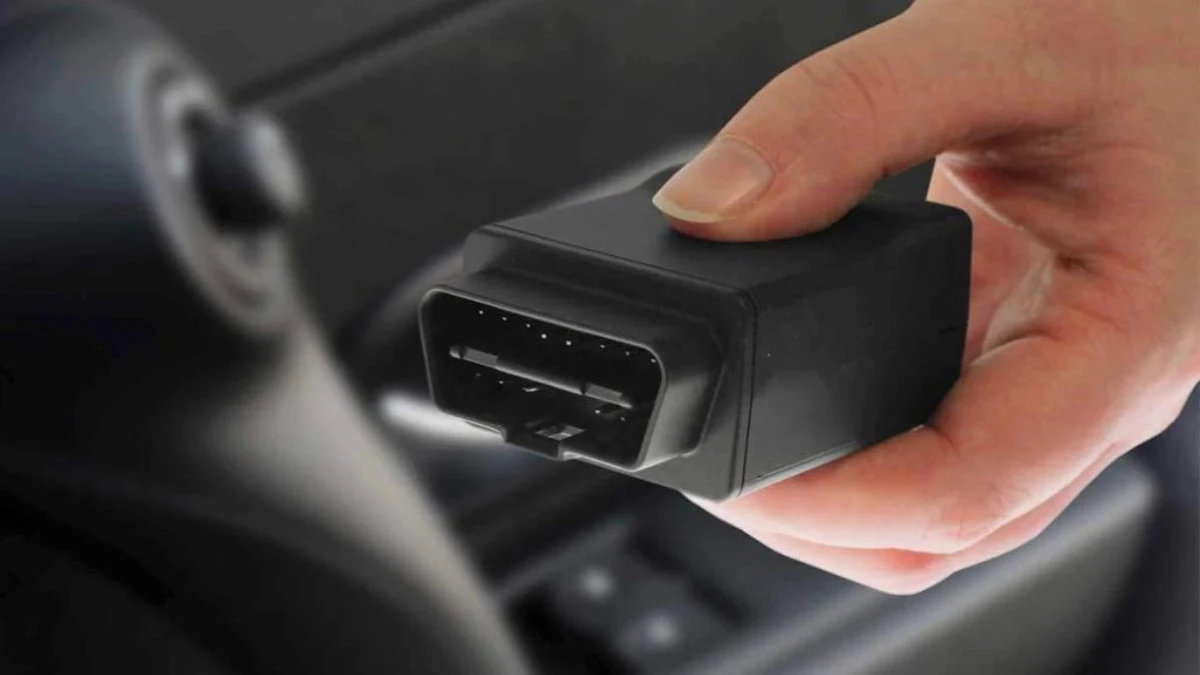A telematics box provides many benefits, especially the ability to monitor location, collect data on vehicle performance, and driver behavior. However, the advantages and disadvantages of telematics box cannot be easily separated, even though the benefits are evident.
The advantages and disadvantages of telematics box, which include better vehicle management, improved safety, depending on the signal, and privacy violation risks, may be factors to consider when deciding whether to use them.
This article will inform you about some of the advantages and disadvantages of telematics box that you can consider.
The Advantages and Disadvantages of Telematics Box

Like any other electronic device, a telematics box has several advantages that can be utilized and disadvantages to consider.
The advantages of a telematics box include better vehicle management, increasing productivity and efficiency, to improve safety, while the disadvantages include that not all can be integrated automatically, depending on the signal and the internet connection, to privacy violation risks. Here are the advantages and disadvantages of a telematics box:
The Advantages of the Telematics Box
Here are some advantages of a telematics box:
1. Better vehicle management

One of the advantages of telematics boxes is that they improve vehicle management. These devices collect real-time data on location, driver performance, and fuel consumption. This capability can help individuals or logistics companies manage their vehicles more effectively.
2. Increasing productivity and efficiency
Increasing productivity and efficiency is another benefit of installing this small device in vehicles. Using GPS tracking to monitor vehicle locations in real-time enables more efficient route selection, reduces driving time, and promotes fuel-efficient usage.
3. Improving safety
The telematics box monitors driver behavior, including sudden braking, acceleration, and speed. This capability can be used by individuals or logistics companies for evaluation purposes, thereby reducing driving risks.
4. Reducing vehicle operational costs
By optimizing routes, reducing fuel consumption, and monitoring vehicle conditions, owners can perform preventive maintenance. This will certainly help reduce vehicle operational costs.
The Disadvantages of the Telematics Box
Here are some disadvantages of a telematics box:
1. Not all can be integrated automatically
One of the drawbacks of telematics boxes is that not all can be integrated automatically. Some models of these devices cannot be directly connected to other systems, such as fleet management software, delivery applications, or financial systems. Ultimately, this means you still have to input data manually.
2. Dependent on the signal and the internet connection

Dependence on signal and internet connection is another drawback of these small devices. When a vehicle enters an area with a weak signal, such as in mountainous regions or remote roads, real-time tracking will be hindered.
3. Privacy violation risks
Telematics boxes that collect various data, from vehicle location and speed to driver habits, pose privacy violation risks. While they are very helpful for vehicle owners, there is a possibility that the data could leak or be misused.
4. Initial costs and maintenance are not easy
Another drawback of this small device is its high initial costs and maintenance expenses. Separate devices can be quite expensive. Additionally, you will need to budget for installation costs, monthly cloud data subscriptions, and maintenance fees.
Those are the advantages and disadvantages of telematics box to consider before deciding to use one.
Despite its limitations, the telematics box has increased productivity and efficiency to improve safety.